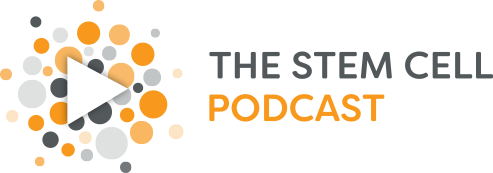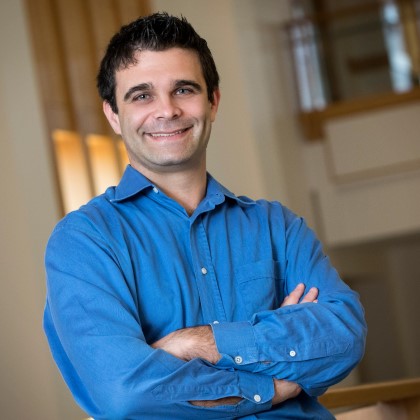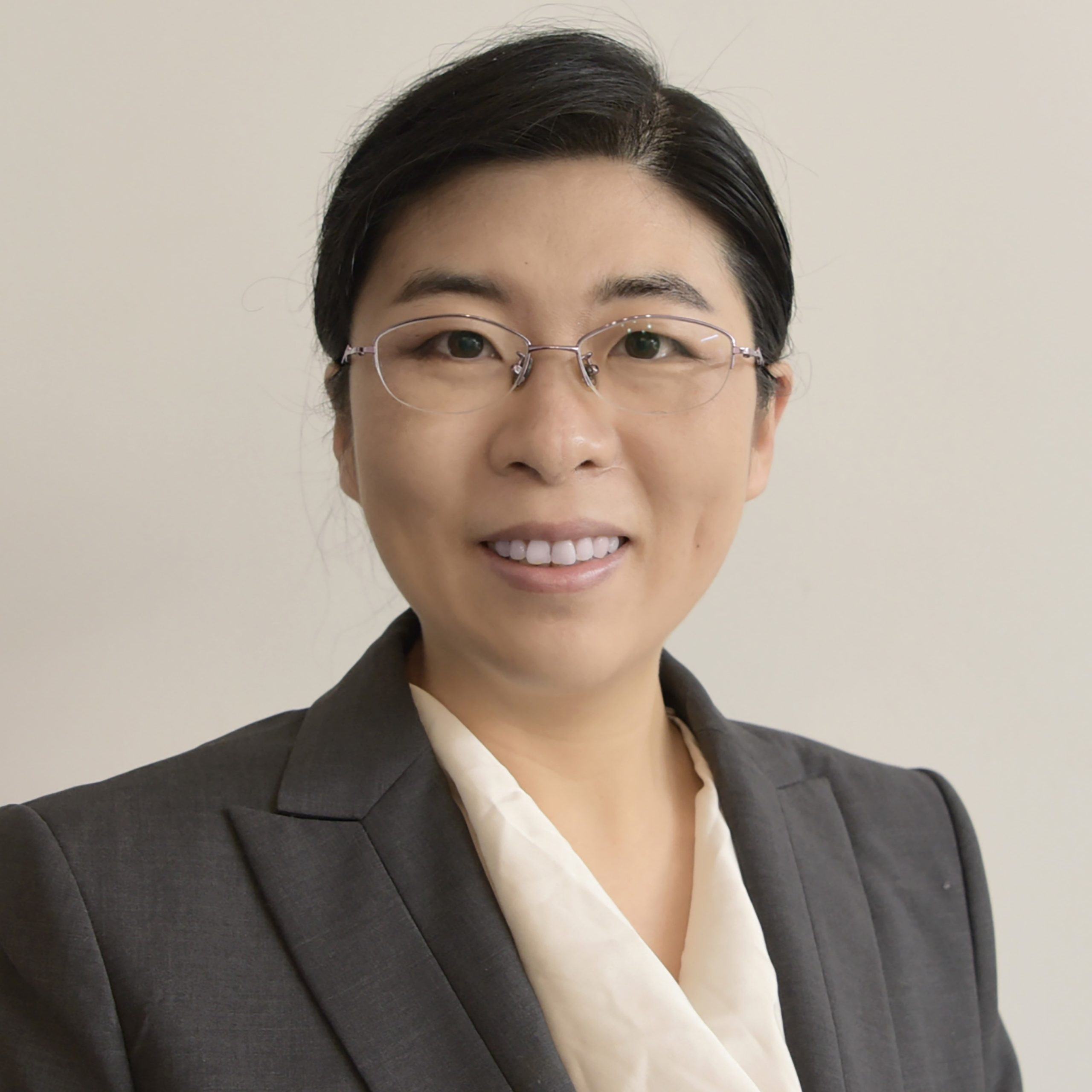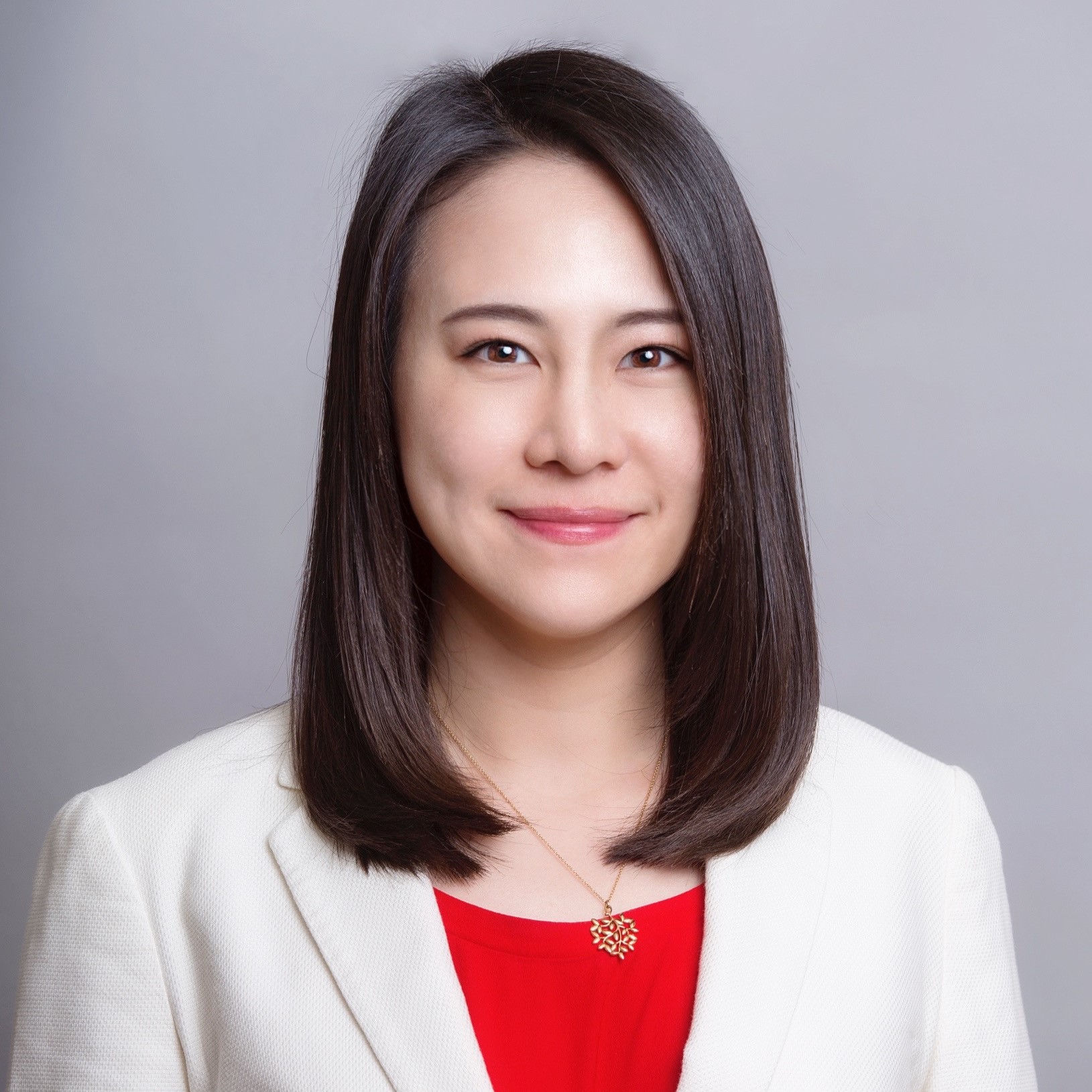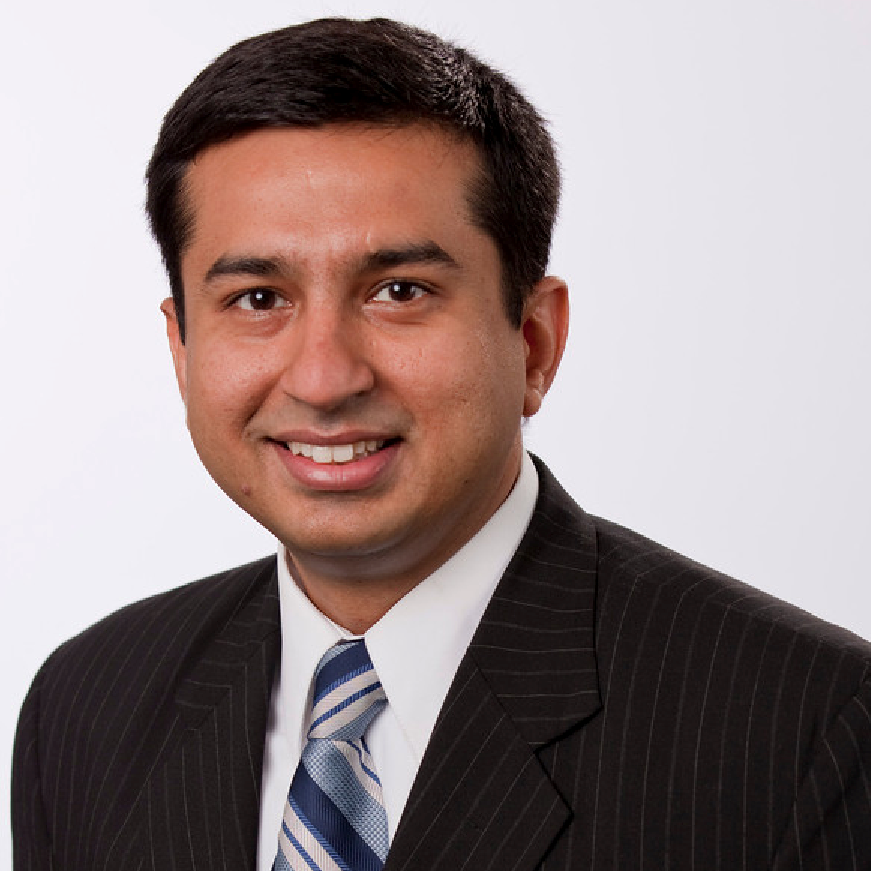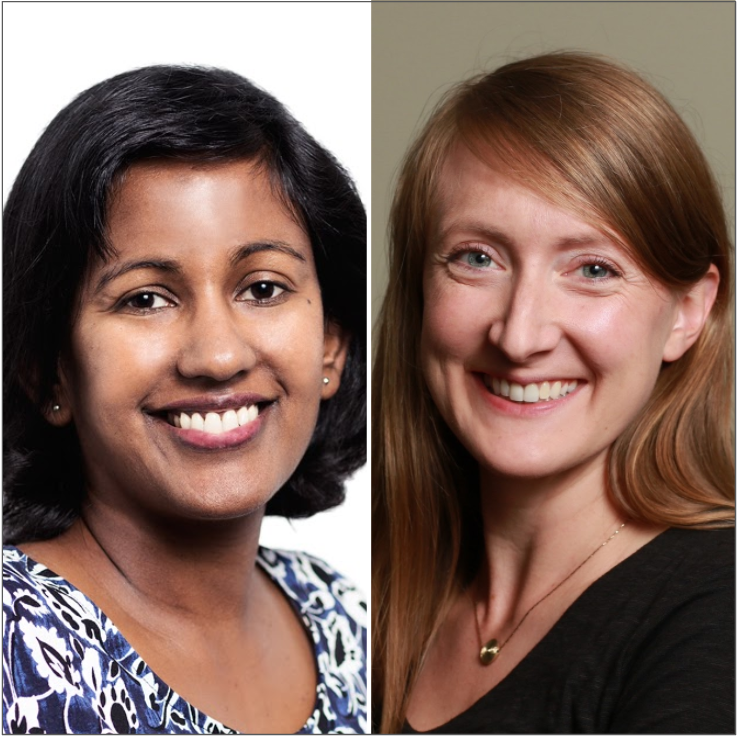Dr. Nathaniel Huebsch is an Assistant Professor of Biomedical Engineering at Washington University in St. Louis. His lab focuses on understanding how mechanical cues originating at cell-cell and cell-extracellular matrix…
Patricia ThomsonAugust 8, 2023
